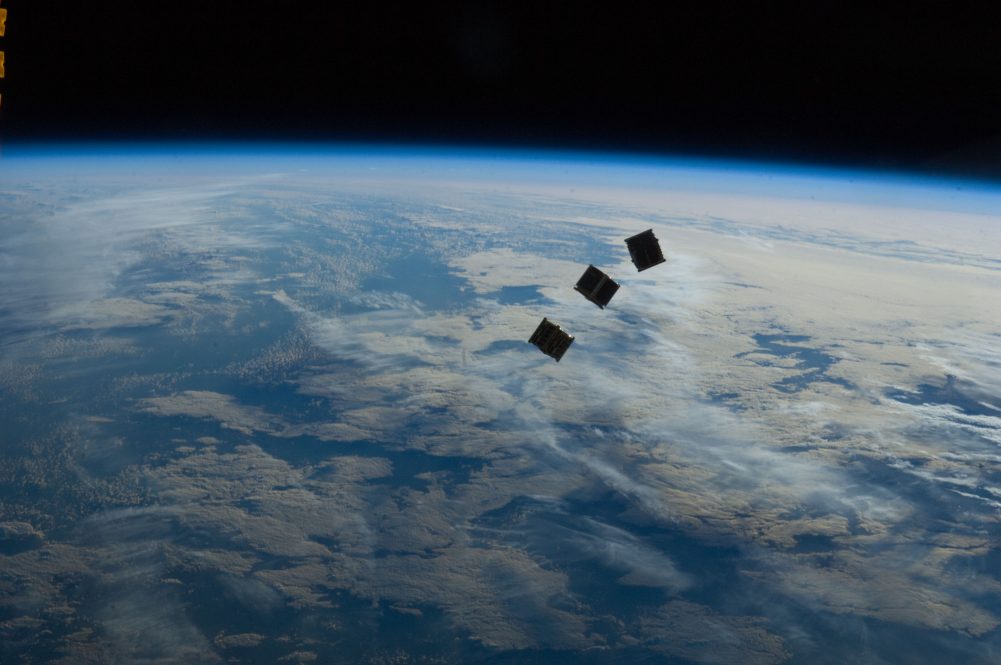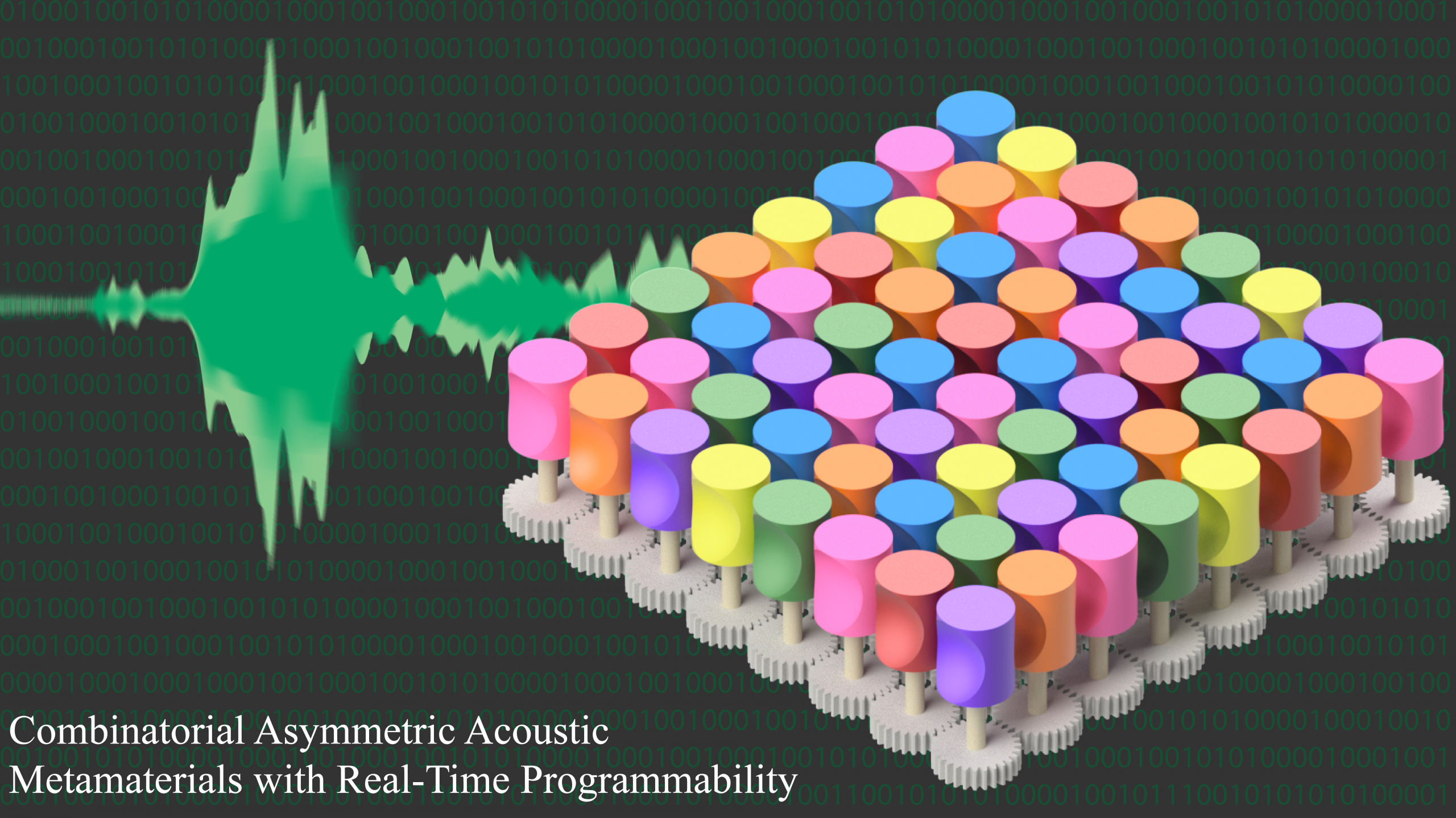Our world is filled with plastics. From packaging around the food we eat to the clothes we wear, plastic is all around us, and, unfortunately, much of that plastic makes its way into the ocean.
Since the 1950s, when plastic became a major part of consumers’ lives, plastics have been accumulating on the ocean surface, transported by currents, wind, and waves.
A significant amount of this plastic is composed of what are known as microplastics. Microplastics are plastics smaller than 4.75 millimeters, about the size of a red ant, that have broken from larger plastics or come from tiny plastic materials. The ocean is filled with trillions of these microplastics.
Scientists know these plastics often concentrate along convergence zones where warm and cold surface water come together. Yet, there has never been a comprehensive analysis of the spatial and temporal distributions of microplastics. Furthermore, the monitoring tools for this task are not well-developed, as they have mainly focused on larger, macroplastics.
Professor of marine sciences and geography, Heidi Dierssen, has received a nearly $577,000 grant from NASA to study better methods for remote sensing of surface microplastics using satellites. The project will involve a collaboration with a visual artist to advance community understanding of this problem.
Dierssen’s lab, Coastal Ocean Lab for Optics and Remote Sensing (COLORS), conducted previous research on the optical properties of microplastics, providing the necessary background information to determine the best approaches for remote detection. Understanding the optical properties of microplastics is the first step in determining whether satellites can detect and quantify floating microplastics from space.
Dierssen has assembled a diverse scientific team of experts from NASA Goddard Space Flight Center, Colombia University, University of Maryland, Baltimore County, and Terra Research Inc.
The team will evaluate the geospatial and temporal trends from existing studies of ocean color across hot spots that they suspect may be related to increased reflectance from accumulated plastics.
They will then produce estimates of surface reflectance under on different microplastic concentrations and atmospheric conditions. Dierssen’s team will simulate the observations that new satellite sensors, such as hyperspectral imagers and polarimeters, could make under these different environmental conditions.
The researchers will then assess how well satellites could detect microplastics based on current and future instrument characteristics, microplastic quantity and nature, and external conditions such as atmospheric state.
They will evaluate the implications of the results of these analyses and make recommendations for the development of new algorithms and instrument designs.
The research team will work with visual artist Oskar Landi to produce an unconventional exhibit on microplastic pollution. This exhibit will be hosted at the Alexey von Schlippe gallery on the Avery Point Campus.
“This project will help advance the community’s understanding of how floating microplastics can be detected and quantified with novel remote sensing technology under different environmental conditions and establish a unique partnership between science and art to add value and exposure to our study,” Dierssen says.
Heidi Dierssen is a professor at the University of Connecticut in marine sciences and geography and international expert in optical oceanography. A Fulbright scholar, she leads the Science and Applications Team for the upcoming NASA Plankton Aerosol Cloud and ocean Ecosystem (PACE) satellite mission and serves an international advisory role in advancing hyperspectral remote sensing technology. She holds an M.S. in biological sciences from Stanford University, a Ph.D. in geography from the University of California Santa Barbara and was a postdoctoral scholar at the Monterey Bay Aquarium Research Institute and Moss Landing Marine Laboratory.



